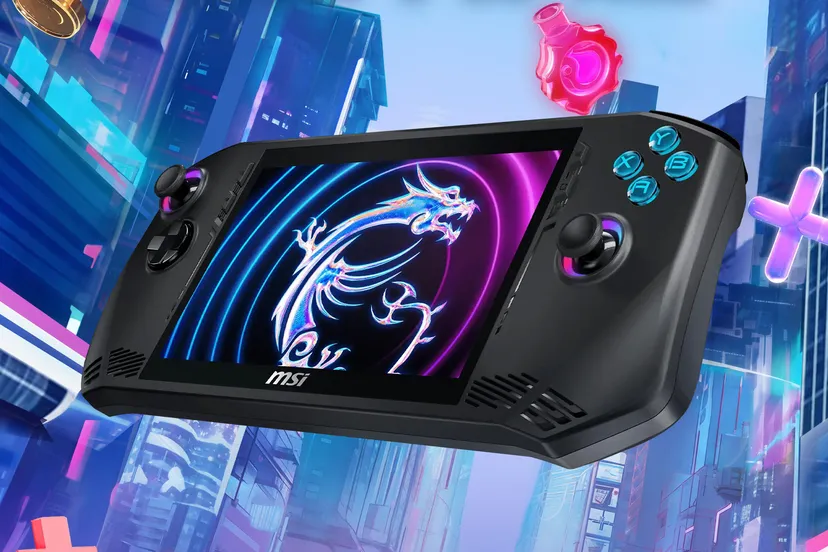The company was wrong, I was wrong, now we’re on the same page.
The MSI Claw will be one of the first handheld gaming PCs with an Intel Core Ultra processor inside — and the second with a variable refresh rate (VRR) screen. Previously, the Asus ROG Ally was the only handheld with that dynamic gameplay smoothing display feature, and it’s one of its biggest advantages, and — after a lot of back and forth — MSI has now triple-confirmed that the Claw will contain a 7-inch, 1080p, 48-120Hz VRR screen too.
Earlier today, I published that it wouldn’t have a VRR screen, after explicitly fact-checking that with the company on Friday and being told that it would require manual setup to hit a 48Hz or 60Hz refresh rate instead of the full 120Hz.
However, MSI continued to insist that the screen was VRR, and I became convinced that reps were stretching the truth — because VRR is not the same as setting refresh rate manually, and because VRR is not a Microsoft feature that depends on game support, which the company told me that it was and that it did.
VRR is the generic form of technologies like Nvidia G-Sync and AMD FreeSync, which let a screen’s refresh rate dynamically match the frame rate delivered by your system’s GPU. That means you don’t experience choppy gameplay or screen tearing just because your graphics don’t hit, say, 60fps, because the screen can automatically display 59fps or 50fps or 48fps perfectly fine.
I explained this, and gave MSI over 12 hours to reply — and didn’t hear back.
But now MSI marketing specialist Anne Lee now tells me that product managers have explicitly confirmed it’s a 48-120Hz VRR screen, and I confirmed over the phone that that means dynamically and automatically adjust its refresh rate, like the Asus ROG Ally. MSI also provided a screenshot of the Variable Refresh Rate setting turned on in Windows — which, it appears, is what MSI was referring to when it called VRR a Microsoft feature.
Lee agrees that part of our conversation just got lost in translation, and we’ve made a pact to call each other on the phone next time. I apologize for my part in steering you wrong.
You can often still manually set the refresh rate of screens without VRR. The Steam Deck lets you set arbitrary manual refresh rates of most any number the display supports, and the Lenovo Legion Go lets you pick between 60Hz and 144Hz, for example. But to avoid choppiness and tearing, your system still has to consistently deliver the right number of frames (which can require frame limiters and a bit of tweaking).
The Asus ROG Ally’s VRR screen comes in handy particularly when your game is running between 48 and 60fps, which are within its VRR range. A game running at 48fps on the Ally will look smoother than one running at 59fps on the Lenovo Legion Go, in my experience. Now, it sounds like the same will be true of the MSI Claw.
The MSI Claw doesn’t have a confirmed release date yet, but rumors suggest it could arrive as soon as February or March.

